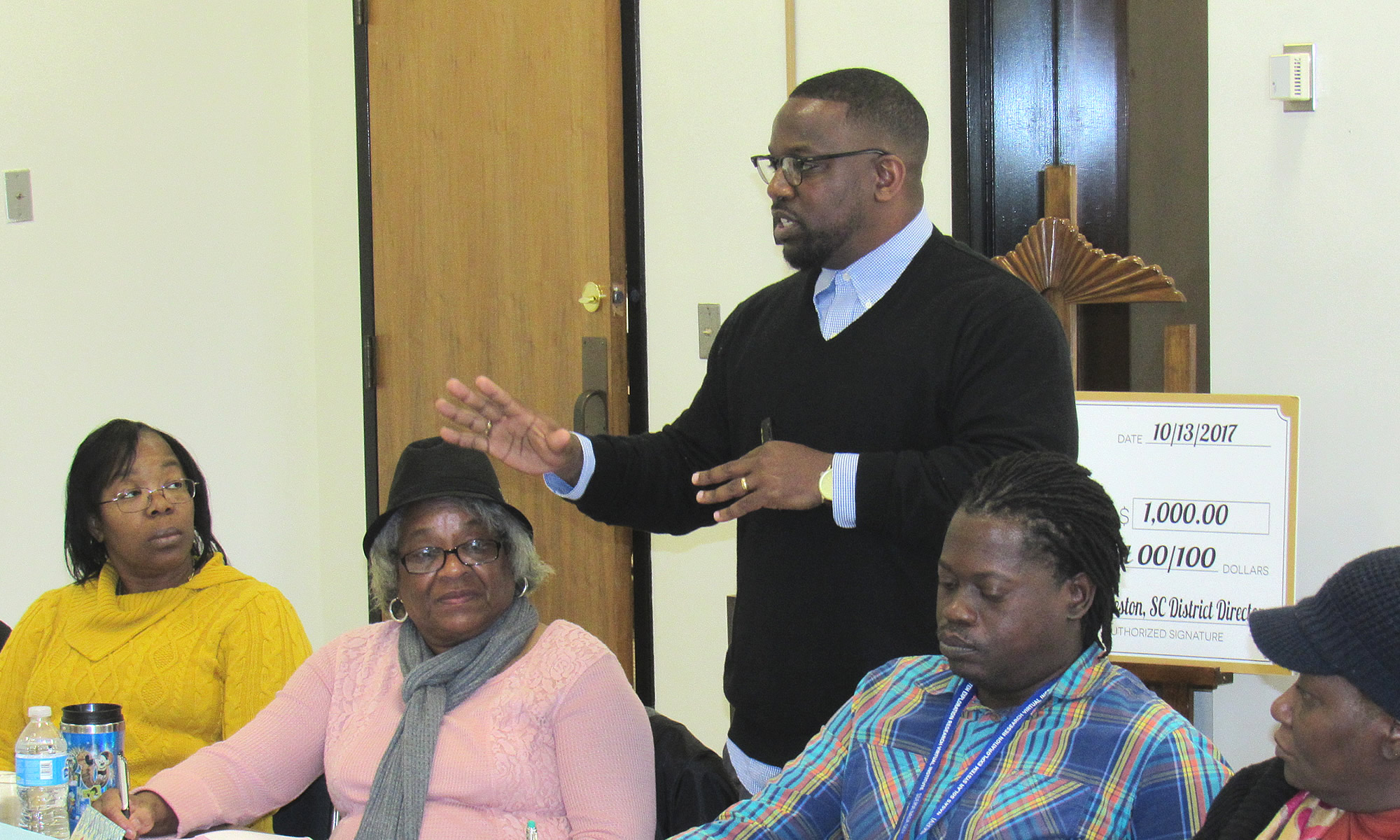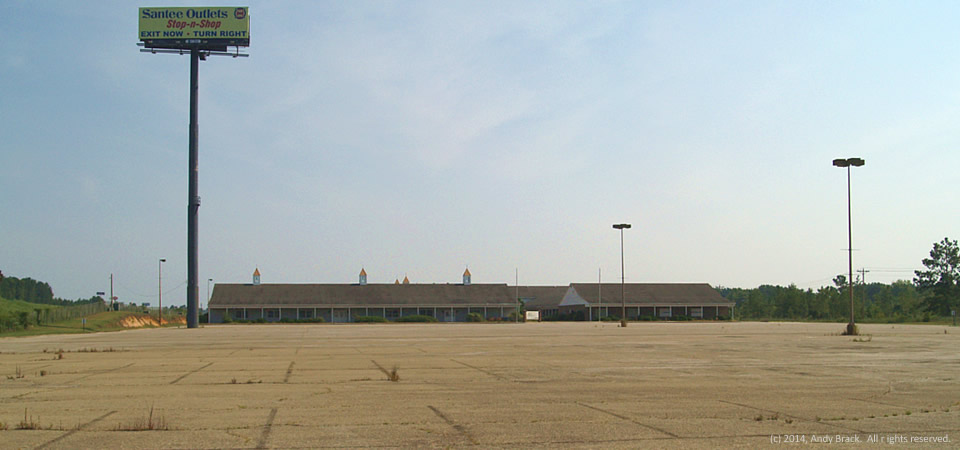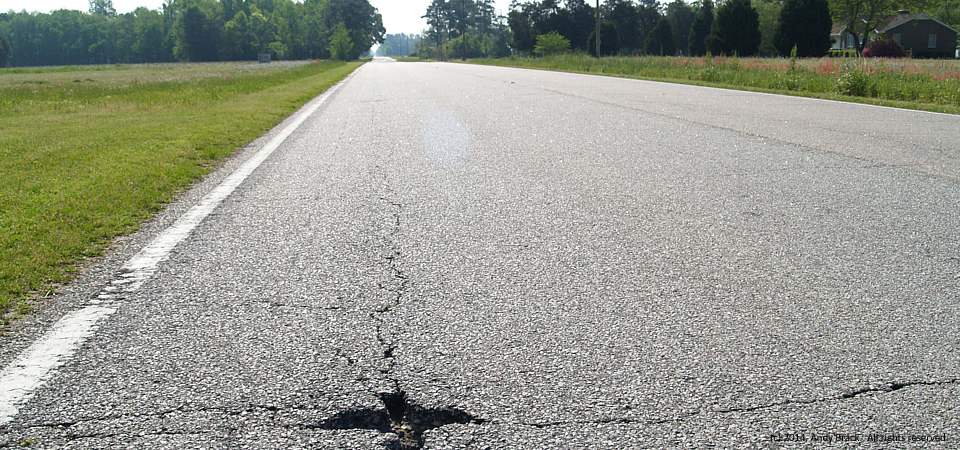
The Battle of Eutaw Springs (1781) was the last major battle of the Revolutionary War between colonists and the British. The South is filled with historic markers that outline history of the area. In many places, they’re being packaged by state tourism bureaus as history trips.
Today at the site of the battle, just east of the town of Eutawville in Orangeburg County, is a memorial park with information placards that explain what happened. In the background under shade trees, you can see some memorials that honor the combatants.
The descriptive sign in this picture reads:
Victory in Defeat
On the morning of September 8, 1781, General Nathanael Greene’s American army attacked Colonel Alexander Stewart’s British force camped at a plantation near Eutaw Springs. Here two almost evenly matched armies slugged it out in the last major Revolutionary War battle in South Carolina.
In over three hours of brutal combat, American and British forces traded musket volleys and bayonet charges. Greene’s troops drove the British back into their camp, but the British regrouped and forced Greene from the battlefield.
The Americans suffered more than 500 casualties, but the British lost nearly 700. Crippled by the loss of almost one third of his command, Stewart retreated toward Charleston the following day, leaving most of the South Carolina countryside in American control.
Photo by Andy Brack, July 9, 2014. Copyrighted and all rights reserved.










